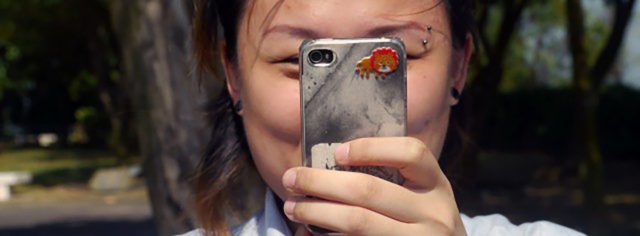The idea of a third space environment on the Internet represents the fusion of the physical (first space) and the remote (second space) into a networked, shared third space that is socially participatory. The third space is not a new concept: it has been used by social geographers such as Edward Soja as a term that disrupts, disorders and reconstitutes the conventional binary opposition between the real and the imagined, to fuse (objective) physical and (subjective) mental or representational space. This results in a third space as a shared, social space: collective space, a place of open possibilities, a place of new potential for going beyond the physical and the representational. This is why third space experience is so provocative. It is outside of time and space, not limited to conventional rules and limits. It is spatial in terms of a sense of active play that takes place in a space without borders that defy distance and geography.
In the context of OSS, the third space essentially dissolves the constraints inherent in the physical seminar room or studio space, opening up new opportunities for remote learning, teaching, collaboration, gatherings, art making, creative dialogue, and cross-cultural interactions. Despite the fact that networked media is ubiquitous today, in the form of laptops and mobile media, we have barely tapped the potential of the integration between academic learning, studio art, and distributed networks. OSS embraces the concept of the third space as an active environment that doesn’t replace the physical classroom, but rather extends it by offering new learning, teaching, and research opportunities.

